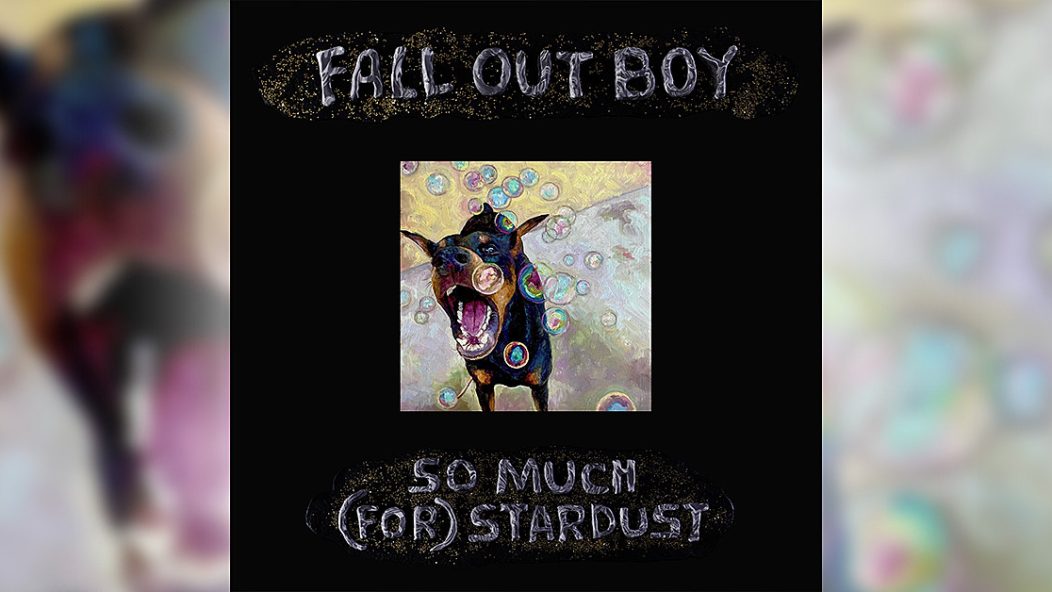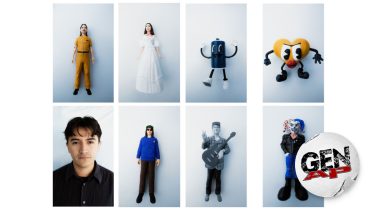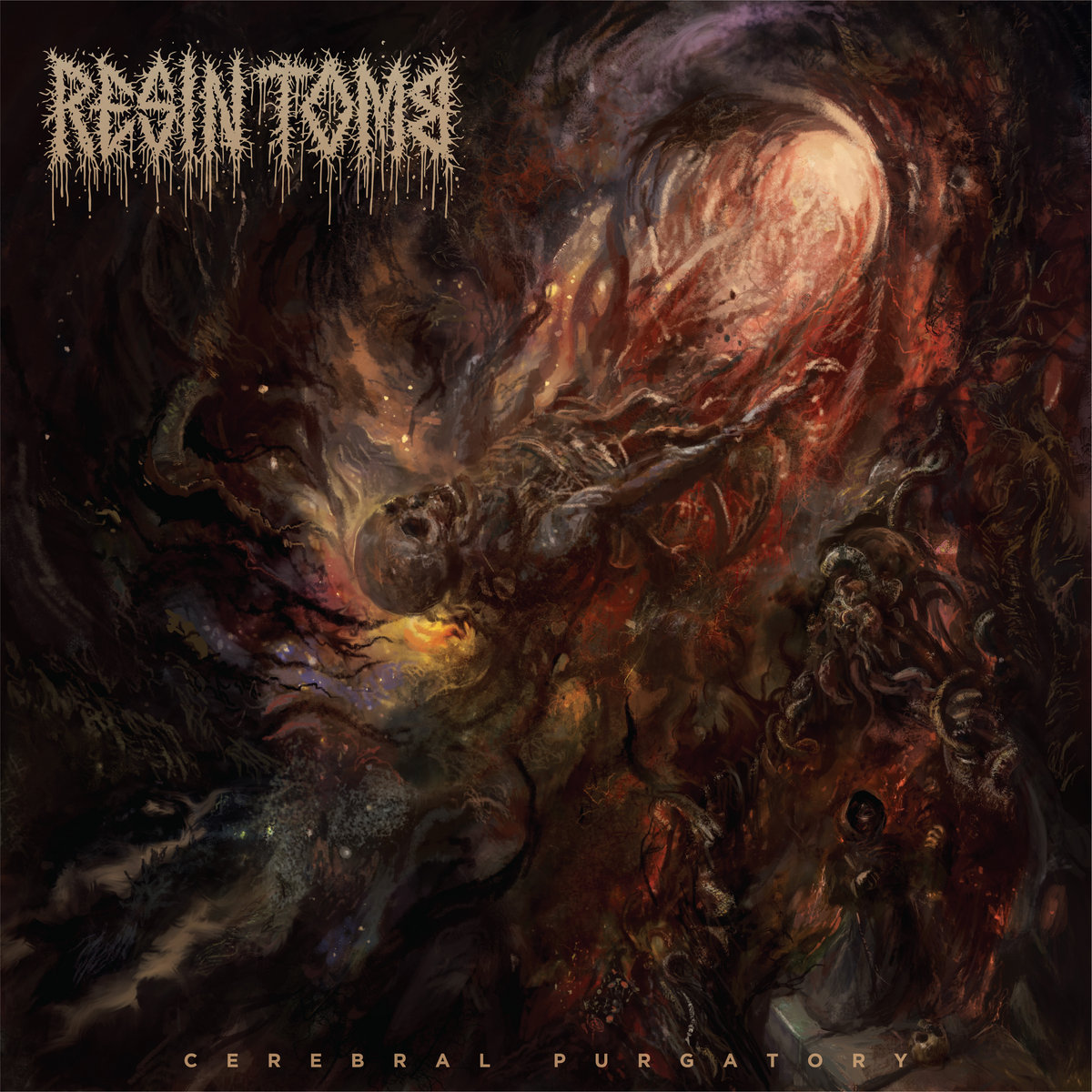
Review: Fall Out Boy's So Much (For) Stardust isn’t a comeback—it’s an expansion
It’s been over five years since Fall Out Boy released MANIA, an experimental — and divisive — album that tapped into pop elements more than any of their previous releases. In that time, pop music has swung back around to an appreciation of pop punk and emo, and a more expansive and diverse take on what alternative music is. So is the band’s latest record, So Much (For) Stardust, a comeback or a continuation?
The answer is neither. Despite this being Fall Out Boy’s first Fueled By Ramen release since their 2003 debut, Take This To Your Grave, and their reunion with Neal Avron, who produced three of the band’s albums from 2005’s From Under the Cork Tree to 2008’s Folie à Deux, members were quick to vocalize that this wasn’t a “throwback” or “return to form.” It’s not a pure pop-punk album like their debut, but it’s not quite the pop project MANIA was. So Much (For) Stardust has shades of Infinity on High and Folie à Deux on it, but there’s a lot about it that feels new.
Read more: Every Fall Out Boy album ranked: From worst to best
It’s more of an alternate timeline, as vocalist Patrick Stump described it in an interview: “I wanted to imagine what would it have sounded like if we had made a record right after Folie à Deux instead of taking a break for a few years. It was like exploring the multiverse.” His words echo the speculation of the title track (“In another life, you were the sunshine of my lifetime”) and the regret of “Fake Out” (“We all started out as shiny dimes/But we all got flipped too many times/We did it for futures that never came/And for pasts that we’re never gonna change”).
Stump talked about how he wanted to recreate the “urgency” of Folie à Deux, and that sense of immediacy runs through the whole album, like the accelerating bridge of “Hold Me Like a Grudge.” “One day every candle’s gotta run out of wax/One day no one will remember me when they look back/Can’t stop can’t stop till we catch all your ears though/Somewhere between Mike Tyson and Van Gogh,” Stump confesses on “Flu Game,” a song with a propulsive beat that encapsulates that same feeling.
Infinity and Folie incorporated orchestral elements, but So Much (For) Stardust dials it up, and the tracks that embrace it wholeheartedly are the strongest, most fully realized and grandiose on the record — and feel like instant Fall Out Boy staples in the tradition of “Thnks Fr Th Mmrs” and “The Phoenix.” The string- and piano-led introduction of lead single and album opener “Love From The Other Side” sets the tone, while strings and brass collide with a rousing intensity on dramatic “I Am My Own Muse.” Foreboding “So Much (For) Stardust” similarly puts the orchestra front and center. The title track’s chorus is both triumphant and remorseful, as Stump repeats “thought we had it all” with an increasing earnestness and heart-wrenching desperation that it feels like he’s about to spiral out of control — but stops short of it.
It’s a diverse record. Pop influences peek through on songs like “Fake Out” and “Heartbreak Feels So Good.” One of the album’s standout tracks, “Heaven, Iowa,” is a more evolved and compelling return to the moody, synth-filled atmosphere of MANIA, with a climbing melody that sparks chills.
The biggest surprises are the disco, soul and funk influences on songs like “Hold Me Like A Grudge” and “What A Time to Be Alive.” The latter song, along with Motown-tinged “So Good Right Now,” don’t quite amount to fresh and original takes on those genres. There are also songs, like “The Kintsugi Kid (Ten Years),” “Heartbreak Feels So Good” and “Flu Game,” that are easily eclipsed by the album’s brighter moments.
Underneath the genre exploration, there is a renewed emphasis on guitars. Joe Trohman’s flourishes give the songs a unique flair as he shreds through the bridge of “I Am My Own Muse,” while the guitars wail in the chorus on haunting “Heaven, Iowa.” Even the disco-tinged “What A Time to Be Alive” has a guitar solo.
The album also marks the return of Pete Wentz’s spoken-word performance, this time given its own track, “Baby Annihilation,” which encapsulates the album’s more cataclysmic themes. So Much (For) Stardust is full of references to “the apocalypse” and “the end of the world,” but they live alongside moments of optimism. “So Good Right Now” and “What A Time to Be Alive” are deceptively upbeat while conveying less sunny ideas. “I got this doom and gloom, but I feel all right,” Stump sings on “So Good Right Now.” “Heaven, Iowa” perhaps sums up the album’s outlook the best: “I closed my eyes inside of your darkness/And found your glow.”
There’s an understanding that the dark and the light, pain and happiness, the bad and the good are inextricably tangled together. There’s an inevitability and a necessity to it, as “Love From The Other Side” describes, “The kind of pain you feel to get good in the end.” “Flu Game” and the title track compare pain to a gift, and as the opening and closing tracks pose, “What would you trade the pain for? I’m not sure.”
“I really like juxtapositions and contradictory things; I think it’s so human,” Wentz said in an interview. For everything old, there’s something new, and for every horn section, there’s a blazing guitar riff. This is what Fall Out Boy have always done — through wit and contrast, confession and contradiction, captured something very real about being alive.









